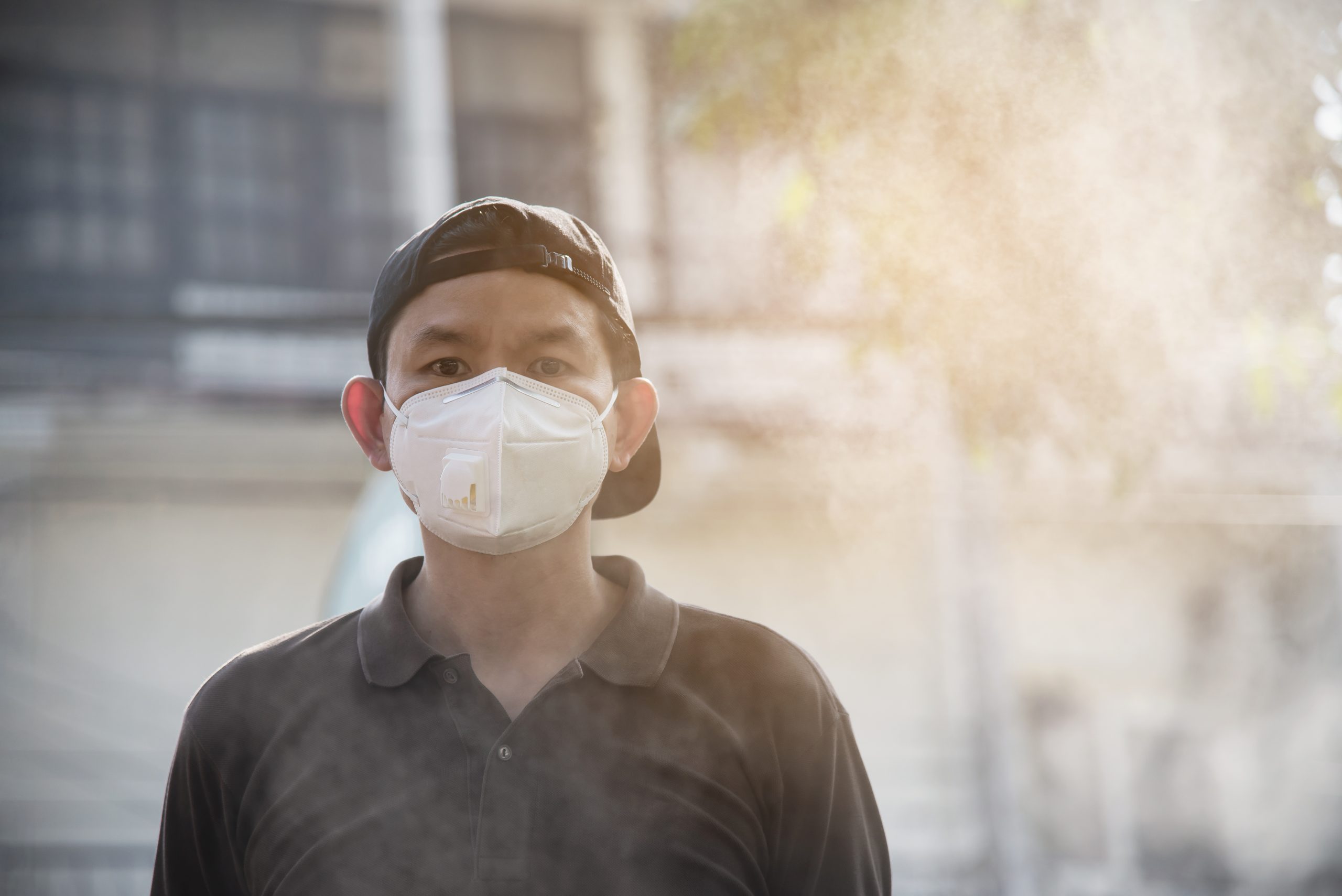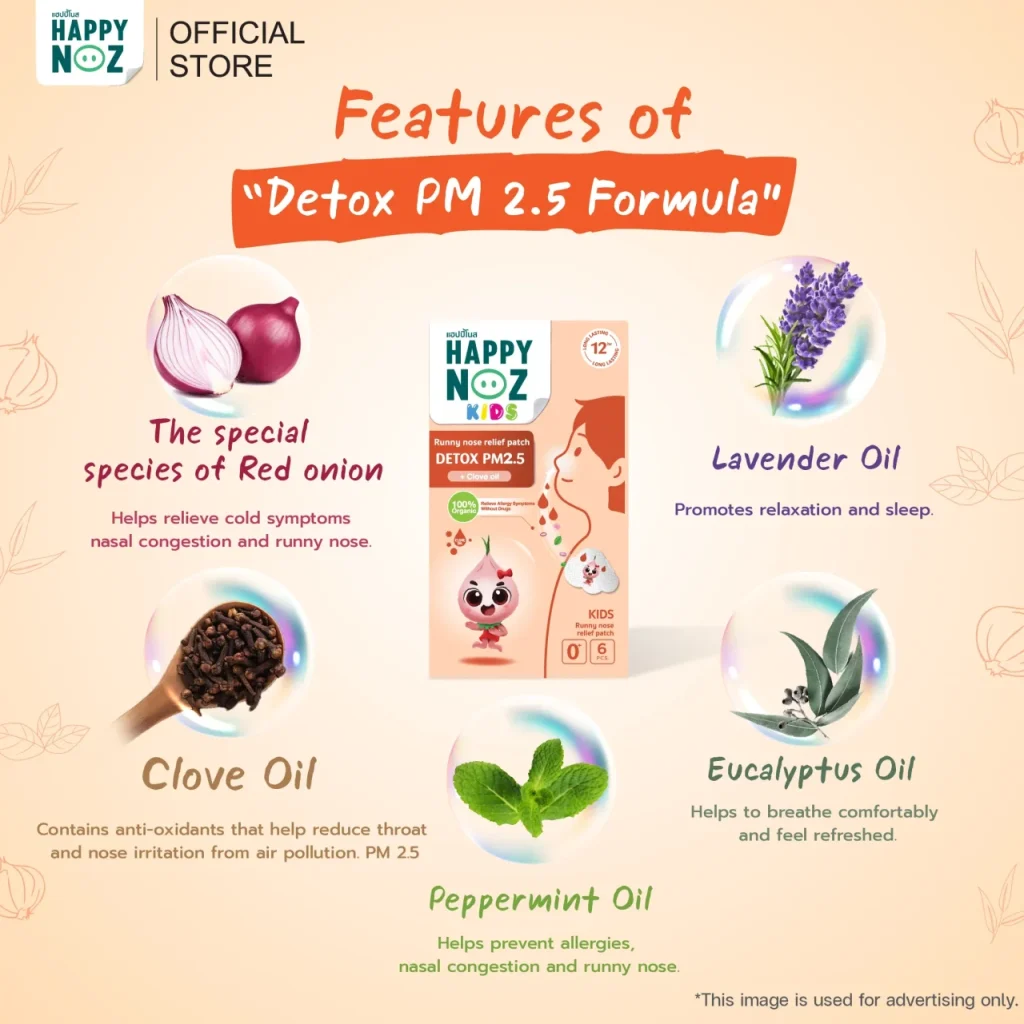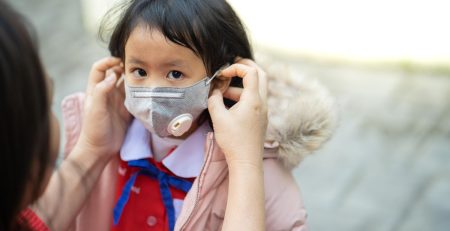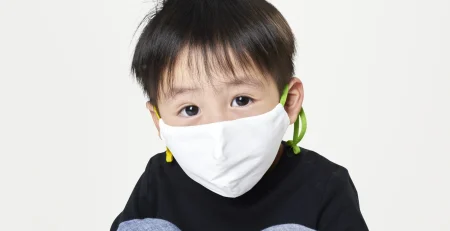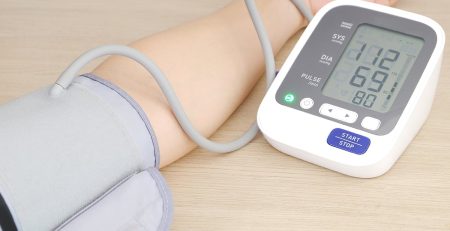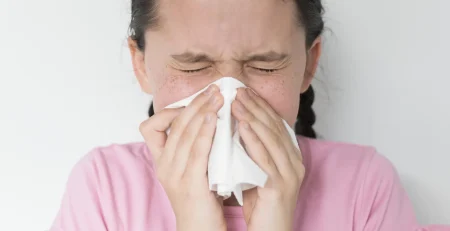PM 2.5 The Invisible Toxic Dust More Dangerous Than You Think
PM 2.5 refers to fine particulate matter with a diameter of 2.5 microns or smaller—about 20 times smaller than a human hair. These particles can remain suspended in the air, penetrate deep into the respiratory system, and even enter the bloodstream. The primary sources of PM2.5 include:
- Vehicle exhaust emissions
- Industrial activities and fuel combustion
- Open burning of waste and agricultural residues
- Dust from construction and forest fires
PM2.5 is closer than you realize, and human activities are the main cause. When toxic dust combines with global warming, it alters weather patterns and prolongs pollution accumulation in the atmosphere. Changes in wind currents also disperse PM2.5 to previously unaffected areas, making air pollution a widespread issue even in rural locations. Long-term exposure to PM2.5 can lead to severe health problems, including lung cancer, chronic obstructive pulmonary disease (COPD), skin allergies, and eye inflammation.
Symptoms of PM 2.5 Exposure
Common symptoms of PM2.5 exposure include:
- For the general public: Nasal irritation, sneezing, runny nose, coughing, difficulty breathing, red or itchy eyes, and watery eyes.
- For individuals with respiratory conditions (e.g., allergic rhinitis, asthma, chronic lung disease): Worsening symptoms such as severe nasal congestion, excessive mucus, persistent coughing, wheezing, and in extreme cases respiratory failure.
- For individuals with skin allergies: Increased itching, rashes, and difficulty dealing with symptoms.
How to Protect Yourself from PM 2.5
- Wear protective masks such as N95 or KN95.
- Avoid outdoor activities when PM2.5 levels are high.
- Keep doors and windows closed and use air purifiers at home.
- Reduce personal vehicles using public transportation or eco-friendly travel methods.
- Wash your face, hands, and body after returning home to remove dust and pollutants.
PM2.5 is a silent threat that should not be ignored, as it can cause health effects in the short and long term. Wearing a mask is one of the best ways to protect yourself when going outdoors. However, many people find masks uncomfortable and have difficulty breathing, especially in hot weather or go outside for a long time.
But don’t worry—Happy Noz has a solution to help you breathe easier and feel refreshed!
🧡 Happy Noz Detox PM2.5🧡
- Contains clove oil extract, high in antioxidants, which helps relieve nasal and throat irritation caused by dust.
- 100% Organic Ingredients: Certified by USDA, safe for children.
- Easy to Use: Can be applied on masks, clothing, fans, air conditioners, and strollers—keeping you and your beloved every day refresh!
✨ First stick, Quick Relief ✨
Sources:
- Where does PM2.5 come from? Sikarin Hospital
- The dangers of PM2.5 air pollution on health Bangpakok Hospital
- How to take care of yourself when avoiding PM2.5 is impossible? Phyathai Hospital
- 5 ways to protect yourself from PM2.5 Public Relations Department, Thailand
- How effective are masks against PM2.5? Pollution Clinic


